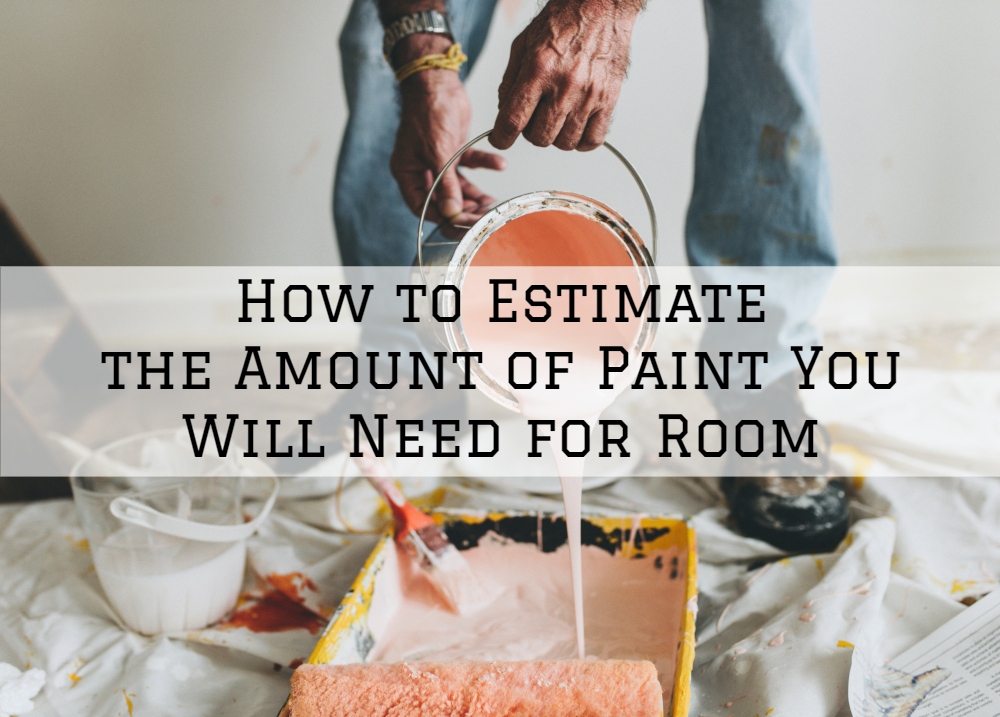Painting interior of your home can transform its looks and feel, and even add value to your property if you’re planning to sell it. However, residential painting is a major project that requires proper planning. Good planning can help you minimize wastage especially when it comes to painting. To avoid paint wastage, you need to estimate the amount of paint you will need before heading to the paint store. And today we share how to do just that.
- Calculate the Surface Area of the Walls
Start by recording the width and height of each wall and calculate the surface area of the walls (L x H). So if the length of the room is 15m and the height is 10m, the area of the wall would be 150 square meters. If the other long wall is 20m long, then the surface area of that wall would be 200 square meters. The opposite sides of each wall will always be the same for most houses. Add the total area of the four walls together, so that would be (150+200+200+150) =700. - Account for Door and Window Areas.
Calculate and subtract the surface areas of the windows and doors, as well as the frames. Using the same principle above, measure the length and height of doors and windows and calculate their total area. Next, subtract the total area of the windows and doors from the total area of the walls to get the net wall surface area that needs to be painted. So if you had a total area of 34 square meters for the windows and doors, your net area to be painted would be 700-34=666 square meters. - Account for Special Cases
If you’re painting the trim and window sills that same paint color as your walls, you can either calculate these small areas bit by bit or simply include 10% more to the surface area to account for this. - Doors, Windows, Baseboards, and Frames
While you can paint these areas the same color, choosing a different, slightly contrasting or coordinating color can highlight them. In this example, use the total area of the windows and doors calculated above. Use the same principle of calculating the area above (L x H) to calculate the area of the baseboard and add it to that as well. Once you get the total area of doors, windows, and baseboards, you can add 20% to account for frames and touch-ups. - Measure the Surface Area of the Ceiling.
To get the area of the ceiling, measure the width and length of the floor and multiply the two. If you have any fixtures or vents on your ceiling, you will have to minus this. Textured ceilings may require slightly more paint due to the slightly increased surface area. - Calculate the Volume of Paint You Will Need.
So, how much paint will you need to paint your room? You probably already have a clue on how to go about this at this point. If you’re painting the walls and doors/windows using the same color, you can add up the total area of the three. You will most definitely want to paint your ceiling a different color from your walls. So the paint needed for the ceiling will have to be computed separately.Estimates range between 350 to 400 square feet per gallon of paint on smooth, interior plaster walls. So, estimate the amount of paint based on the total surface area you want to paint. If you’re painting using spray paint, you might want to add about 10% more. If all this sounds a little more intimidating, you probably need to hire a professional painting contractor to help you with the whole process.
At Eason Painting Company, we offer reliable and durable interior painting services, currently serving the areas of Macomb Township, Washington Township, Ray Township, Rochester, Rochester Hills, Romeo, Armada, Troy, Shelby Township, Harrison Township, Chesterfield, and Clinton Township, MI. Give us a call today for a free quote and more details.

